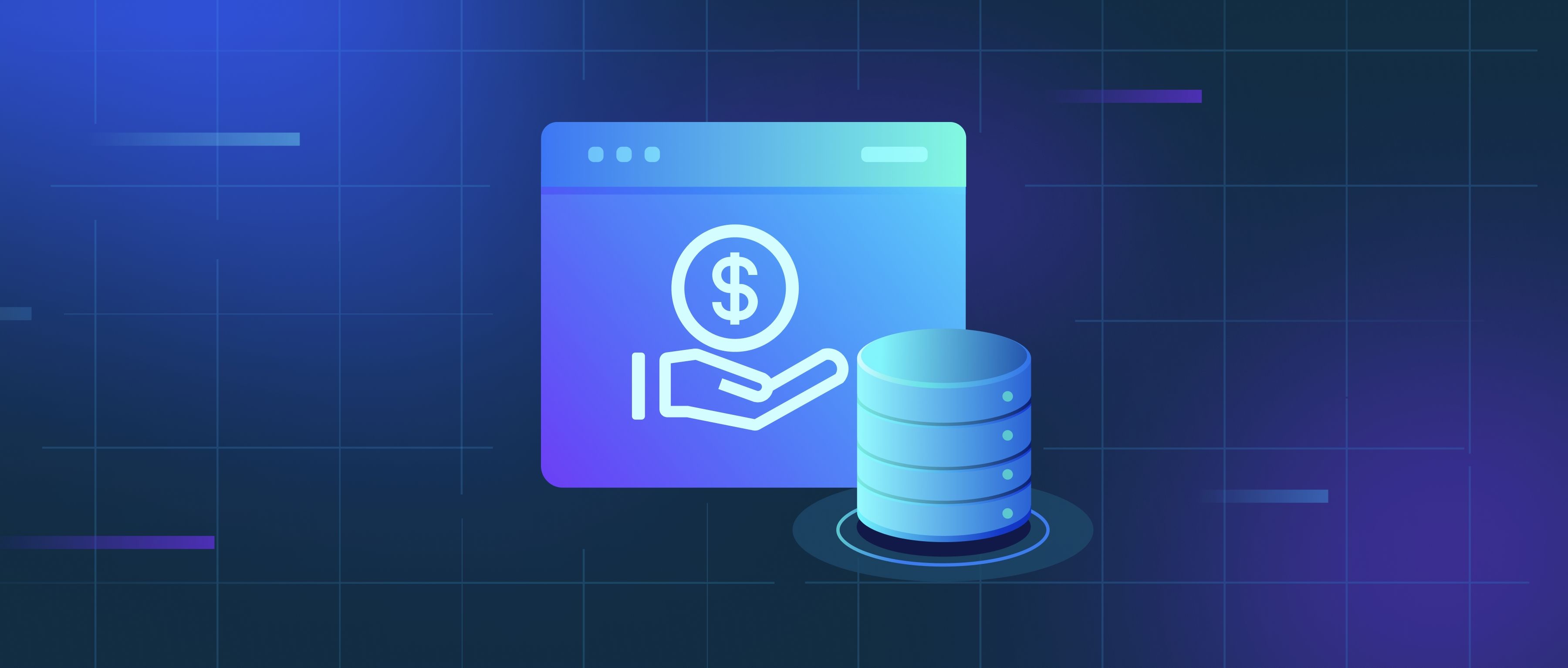Database observability is essential for supporting compliance because it enables organizations to monitor and control their data usage and access effectively. By tracking real-time activities and events within a database system, observability tools help ensure that the organization adheres to regulatory standards such as GDPR, HIPAA, or CCPA. For instance, observability allows developers to audit data access patterns and determine whether personal or sensitive information is being handled in accordance with legal requirements. This visibility is crucial for identifying any unauthorized access or potential security breaches, which could lead to significant penalties if not addressed.
Moreover, being able to analyze database performance and user interactions helps organizations maintain data integrity and security. When developers implement observability practices, they can set up alerts and dashboards to quickly spot anomalies or unusual activity. For example, if a specific database is accessed by a user in an unexpected manner or at an unusual time, this raises red flags that can prompt an investigation. Auditing logs generated through observability tools can provide valuable evidence during compliance audits, demonstrating that the organization is actively monitoring its systems and responding to incidents proactively.
In addition to security and integrity, database observability fosters a culture of accountability within teams. When developers and technical professionals have access to detailed data usage reports and history, they become more aware of their responsibilities regarding compliance. This awareness encourages better coding practices, such as implementing proper access controls and data encryption. Ultimately, observability not only supports compliance but also helps cultivate a mindset within the organization that prioritizes data protection and ethical handling of information.
